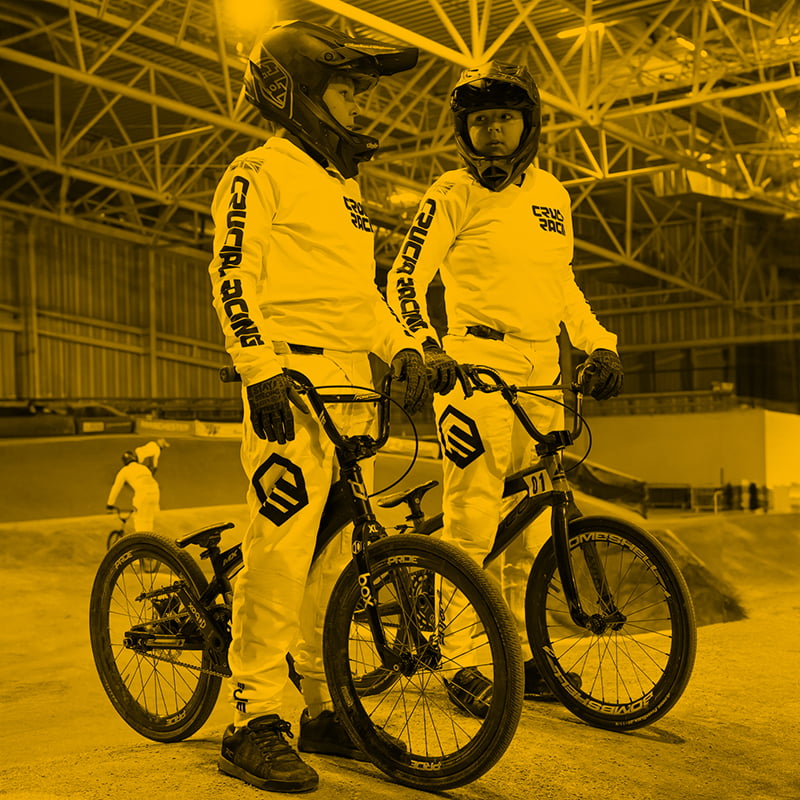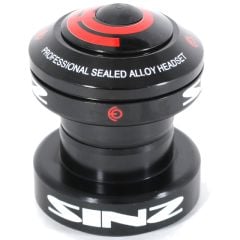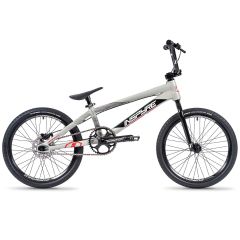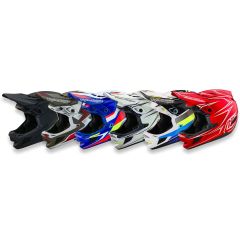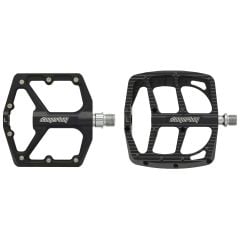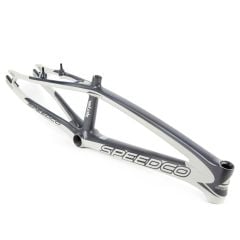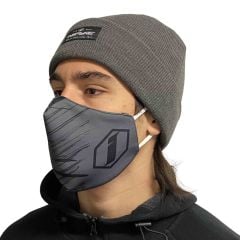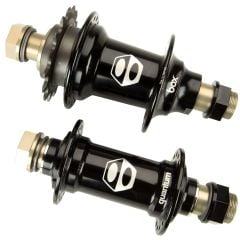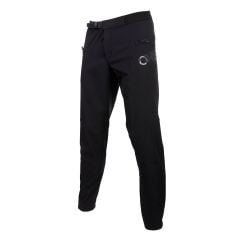Speedco M-Series M2 BMX Race Frame
The M2 Pro frame was designed to complement our flagship model, the Velox Carbon. With all the same features, such as tapered head-tube, BB86 bottom bracket, massive tapered down-tube, and the Integrated Tension dropout system; the M2 is...... Read More
The M2 Pro frame was designed to complement our flagship model, the Velox Carbon. With all the same features, such as tapered head-tube, BB86 bottom bracket, massive tapered down-tube, and the Integrated Tension dropout system; the M2 is the pinnacle of power & efficiency in an aluminum frame.
- Tube set – The M2 features a fully double-butted 7005-aluminum tube set. The massive down-tube tapers 52mm to 72mm top to bottom, which eliminates flex and allows your power to be efficiently converted to speed as you accelerate from the gate, and corners.
- BB86 – The press-fit BB86 bottom bracket shell accommodates the down-tube junction described above, and allows for an oversized chain-stay for additional rigidity. BB86 is very user friendly, allowing you to easily press in the bottom bracket bearings and is compatible with most cranks on the market.
- Integrated Tensioning Dropout – The CNC machined dropout on the M2 is all about functionality. With an integrated chain tensioner through the front of the dropout, the need to over-tighten your wheel has been eliminated. Each dropout uses two flex-free 4mm adapters to insure your wheel won’t move, regardless of how many horses you’re putting down first pedal.
- Tapered head tube – The new standard for high-end race frames is a tapered head tube. A tapered head tube uses a 1-1/8” top bearing and a 1.5” bottom bearing and allows us to use a fork both lighter and stronger than ever before.
Please note that Expert XXL Size Frames and smaller use an Integrated 1-1/8" Headtube and a Euro Bottom Bracket and Pro size frames and bigger use a Tapered Integrated 1-1/8" - 1.5" Headtube and a BB86 Bottom Bracket.
Expert XL and smaller use a 22.2mm Seat Tube, Expert XXL and larger use a 27.2mm seat tube.
Mini
- Top Tube: 17”
- BB Height: 10.6”
- Rear Centre: 13.5”
- Seat Tube Angle: 70°
- Head Tube Angle: 73°
- Weight: 2.5lbs
Mini XL
- Top Tube: 17.5”
- BB Height: 10.6”
- Rear Centre: 13.5”
- Seat Tube Angle: 70°
- Head Tube Angle: 73°
- Weight: 2.56lbs
Junior
- Top Tube: 18”
- BB Height: 10.75”
- Rear Centre: 13.75”
- Seat Tube Angle: 70°
- Head Tube Angle: 73°
- Weight: 2.60lbs
Junior XL
- Top Tube: 18.5”
- BB Height: 10.75”
- Rear Centre: 13.75”
- Seat Tube Angle: 70°
- Head Tube Angle: 73°
- Weight: 2.62lbs
Expert
- Top Tube: 19.25”
- BB Height: 11”
- Rear Centre: 14”
- Seat Tube Angle: 70°
- Head Tube Angle: 73°
- Weight: 2.84lbs
Expert XL
- Top Tube: 20”
- BB Height: 11.5”
- Rear Centre: 14.25”
- Seat Tube Angle: 70°
- Head Tube Angle: 73°
- Weight: 2.94lbs
Expert XXL
- Top Tube: 20.5”
- BB Height: 11.5”
- Rear Centre: 14.25”
- Seat Tube Angle: 70°
- Head Tube Angle: 73°
- Weight: 3.10lbs
Pro
- Top Tube: 20.5”
- BB Height: 11.5”
- Rear Centre: 14.75
- Seat Tube Angle: 72°
- Head Tube Angle: 74°
- Weight: 3.7lbs
Pro XL
- Top Tube: 21”
- BB Height: 11.5”
- Rear Centre: 14.75”
- Seat Tube Angle: 72°
- Head Tube Angle: 74°
- Weight: 3.75lbs
Pro XL+
- Top Tube: 21.35”
- BB Height: 11.5”
- Rear Centre: 14.75”
- Seat Tube Angle: 72°
- Head Tube Angle: 74°
- Weight: 3.8lbs
Pro XXL
- Top Tube: 21.75”
- BB Height: 11.5”
- Rear Centre: 15.2”
- Seat Tube Angle: 72°
- Head Tube Angle: 74°
- Weight: 3.85lbs
Pro XXXL
- Top Tube: 22”
- BB Height: 11.5”
- Rear Centre: 15.2”
- Seat Tube Angle: 72°
- Head Tube Angle: 74°
- Weight: 3.95lbs
Junior Cruiser
- Top Tube: 18.75”
- BB Height: 11.2”
- Rear Centre: 15”
- Seat Tube Angle: 69.5°
- Head Tube Angle: 73°
- Weight: 2.92lbs
Expert Cruiser
- Top Tube: 20”
- BB Height: 11.5”
- Rear Centre: 15”
- Seat Tube Angle: 69.5°
- Head Tube Angle: 73°
- Weight: 2.96lbs
Pro Cruiser
- Top Tube: 21”
- BB Height: 12”
- Rear Centre: 15.4”
- Seat Tube Angle: 69.5°
- Head Tube Angle: 73°
- Weight: 3.85lbs
Pro XL Cruiser
- Top Tube: 21.75”
- BB Height: 12”
- Rear Centre: 15.4”
- Seat Tube Angle: 69.5°
- Head Tube Angle: 73°
- Weight: 3.95lbs
Customer Reviews
There are currently no reviews for this product.
Write Your Own Review
Only registered users can write reviews. Please Sign in or create an account
New Rider?
FREESTYLE VS RACING BMX BIKES?
WHAT SIZE BIKE WOULD I NEED?
WHAT LEVEL DO I NEED?
CASSETTE OR FREECOASTER
